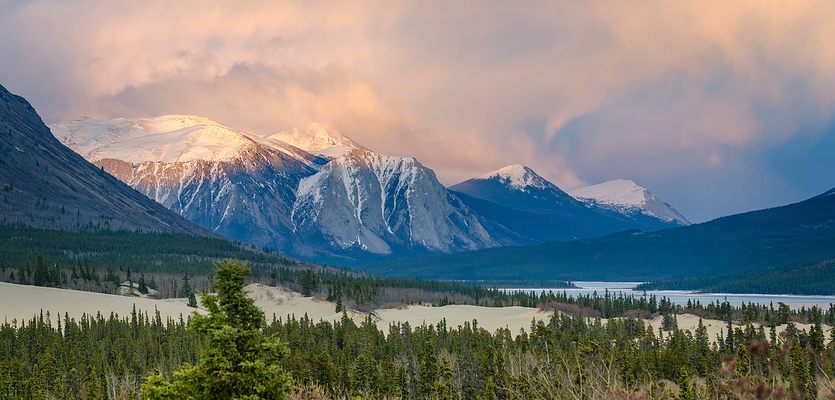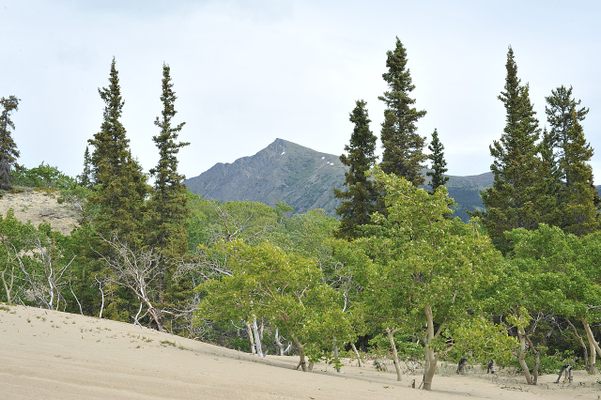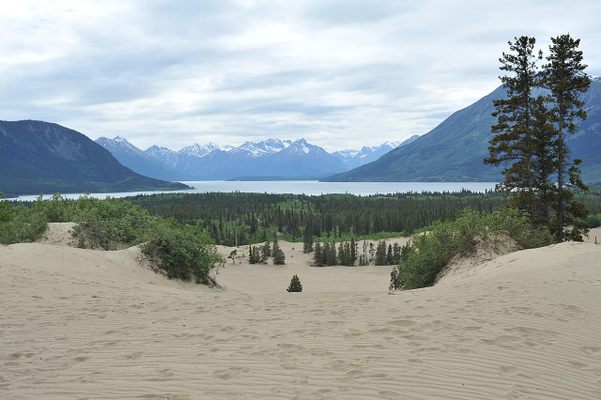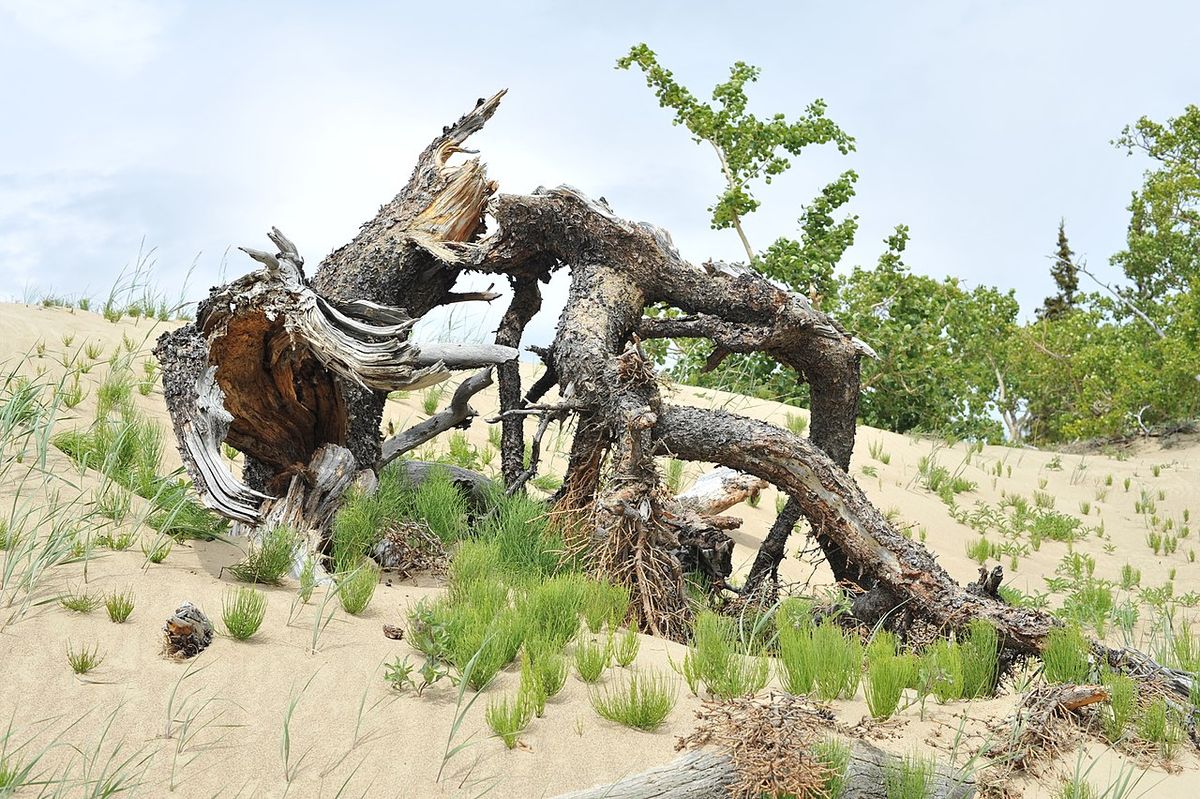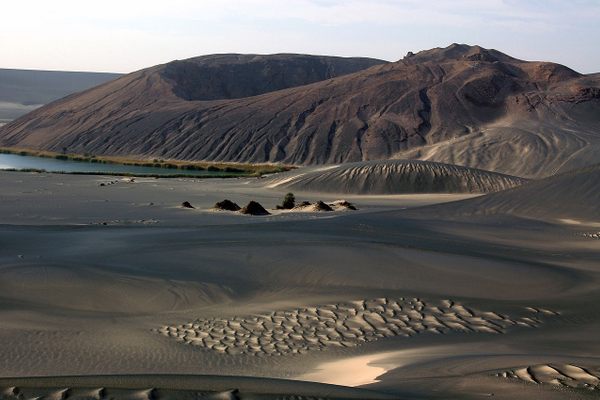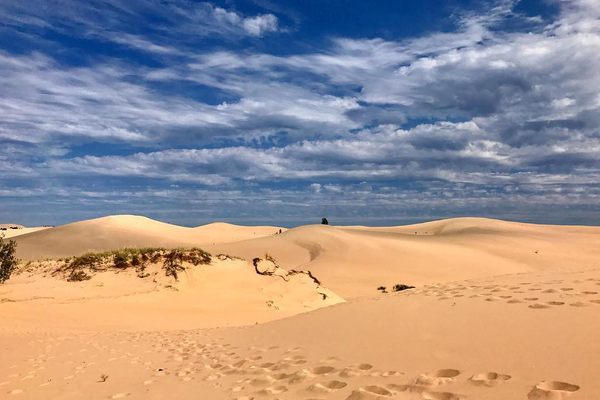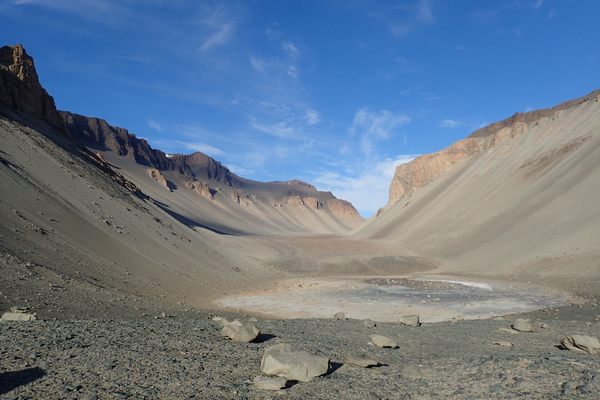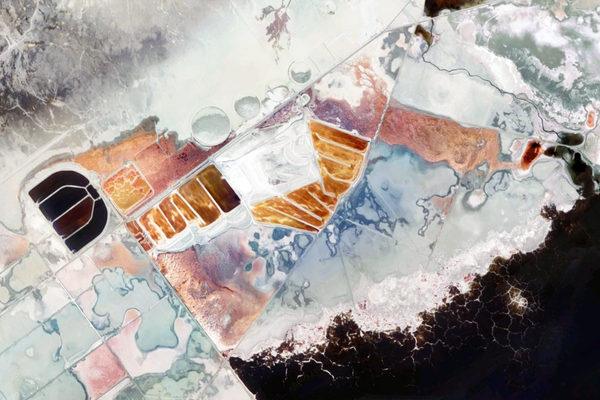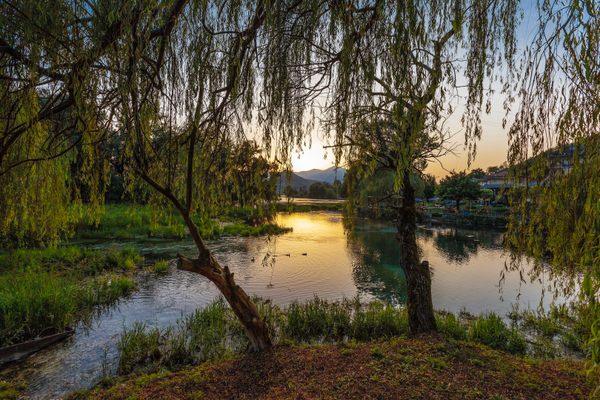About
If giants had sandboxes, what would they be like? Many children spend hours pondering this question, but you might be surprised to find that the answer lies just north of the tiny Yukon town of Carcross, in what seems like the world's most diminutive desert.
But though it measures just one square mile, and is located north of the 60th parallel, the Carcross Desert is neither the smallest nor the northernmost desert in the world—because it's actually not a desert at all. It's a series of sand dunes that are kept dry by the rain shadow effects of the mountains in Yukon's southern lakes region. But the Carcross receives too much rainfall to meet the scientific definition of an arid desert.
Some 11,000 to 24,000 years ago, the area that is now the Yukon was covered in a thick layer of ice. As that ice melted and glaciers retreated, the land was left with deep valleys. Massive lakes formed around the glaciers then shrank, scattering beaches in between the mountains. Wind picked up sand from those beaches, resulting in these unlikely dunes. It's a process that still happens today—sand from the shores of nearby Bennett Lake makes up a part of the Carcross Desert.
Although the winds are harsh and inhibitory to most plant life, the dunes are home to a few unusual flora and fauna. The area's plant life includes the exceptionally rare Baikal Sedge (which is normally found only off the coast of Lake Baikal in Siberia), and the Yukon Lupine. Five new species of moths have been discovered in the dunes, and more may have yet to be identified.
Carcross Desert has become a popular destination for outdoorsy Yukoners. Many in Whitehorse travel south during the summer months to go sandboarding on the dunes, and in the winter for skiing and snowboarding.
Related Tags
Know Before You Go
The dunes are a park reserve, but don’t have any type of formal protection. Take care! The dunes are home to some rare plants and insects, and the habitat itself is fragile. Avoid the edges and crests of the dunes where delicate and fragile plants grow. Limit motorized activities to areas where there is no vegetation and/or along established trails.
Community Contributors
Added By
Published
October 23, 2014
Sources
- http://en.wikipedia.org/wiki/Carcross_Desert
- http://www.amusingplanet.com/2012/07/8-deserts-that-arent-really-deserts.html
- https://www.theoutbound.com/canada/photography/explore-the-carcross-desert
- http://www.bbc.com/travel/story/20180621-the-unlikely-home-of-the-worlds-smallest-desert
- https://www.travelyukon.com/en/discover/regions/southern-lakes/carcross
- https://sightsandsites.ca/south/site/carcross-desert

